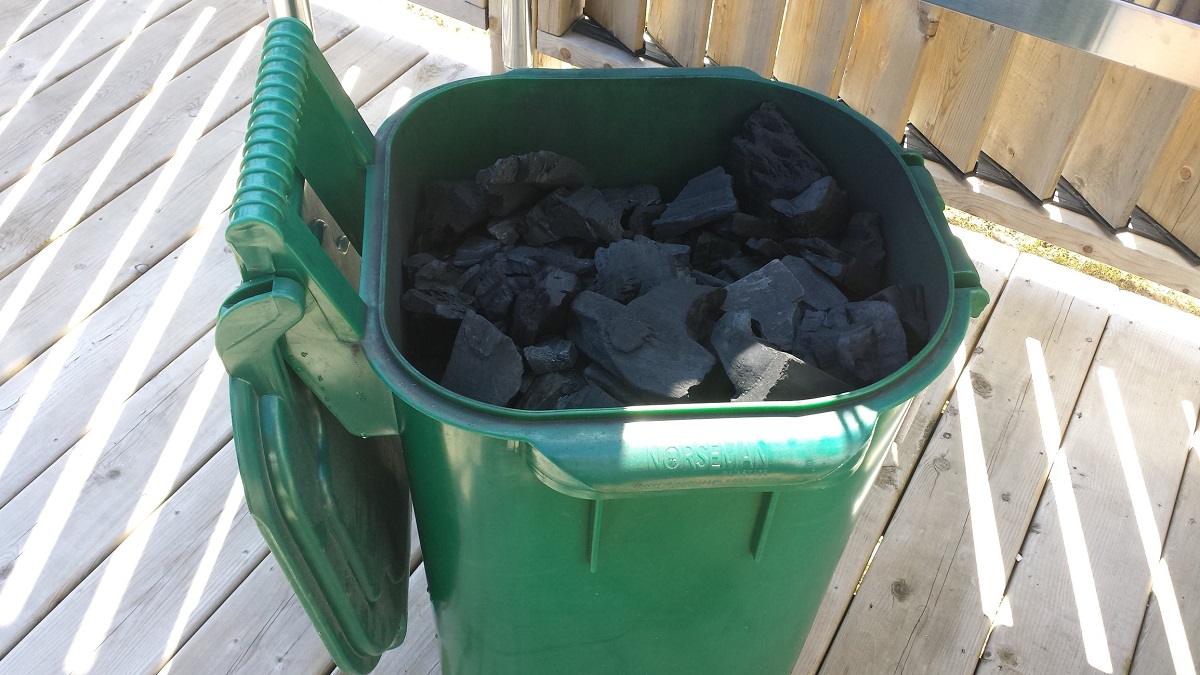

Articles
How To Store Lump Charcoal
Modified: January 18, 2024
Learn how to properly store lump charcoal with our informative articles. Ensure your charcoal stays fresh and ready for your next grilling session.
(Many of the links in this article redirect to a specific reviewed product. Your purchase of these products through affiliate links helps to generate commission for Storables.com, at no extra cost. Learn more)
Introduction
When it comes to grilling and barbecuing, there’s nothing quite like the flavor and performance of lump charcoal. Made from natural hardwood like oak, hickory, or mesquite, lump charcoal offers distinct advantages over other types of charcoal. It burns hotter, produces less ash, and imparts a unique, smoky flavor to your food.
However, to fully enjoy the benefits of lump charcoal, proper storage is essential. Improper storage can result in a loss of quality, reduced burning efficiency, and even the possibility of unusable charcoal. In this article, we will explore the importance of storing lump charcoal correctly and provide you with practical tips to ensure its longevity.
By following these guidelines, you can maintain the quality of your lump charcoal, extend its shelf life, and always be ready for an amazing grilling experience.
Key Takeaways:
- Proper storage of lump charcoal is essential for maintaining its quality, performance, and safety. Choose airtight containers, keep it dry, and store it away from heat sources to ensure optimal grilling results.
- Organize and label your lump charcoal storage area for easy access and efficient usage. Prioritize safety by following precautions and local regulations to enjoy worry-free grilling experiences.
Read more: How To Store Charcoal
Benefits of Using Lump Charcoal
Lump charcoal offers several advantages over other types of charcoal, making it a preferred choice for many grilling enthusiasts. Here are some of the key benefits:
1. Higher Heat Output: Lump charcoal burns hotter than briquettes, reaching higher temperatures more quickly. This high heat output is ideal for achieving that perfect sear on steaks or quickly cooking thick cuts of meat.
2. Natural and Chemical-Free: Unlike briquettes, which often contain additives and binders, lump charcoal is made from natural hardwood and does not contain any chemicals. This means you can enjoy a clean, pure flavor in your grilled food.
3. Less Ash Production: Lump charcoal produces significantly less ash compared to briquettes. This means less cleanup and smoother grilling sessions, as you won’t have to constantly empty the ash pan or worry about ash interfering with airflow.
4. Versatile Use: Lump charcoal can be used in various grilling methods, including direct grilling, indirect grilling, and smoking. Its versatility allows you to experiment with different cooking techniques and flavors, providing endless possibilities for delicious meals.
5. Natural Smoky Flavor: One of the standout features of lump charcoal is its ability to infuse food with an authentic smoky flavor. As the hardwood burns, it releases aromatic compounds that enhance the taste of your grilled dishes, adding a delicious and distinct smokiness.
6. Sustainable and Eco-Friendly: Lump charcoal is often produced from renewable and sustainable sources. Unlike briquettes, which can be made from compressed sawdust and other materials, lump charcoal is derived from natural hardwood, making it a more environmentally friendly choice for grilling enthusiasts.
With these numerous benefits, it’s no wonder that lump charcoal has gained popularity among grill masters and outdoor cooking enthusiasts. Now that you know the advantages of using lump charcoal, it’s crucial to understand how to store it properly to maintain its quality and maximize its performance.
Proper Storage Techniques for Lump Charcoal
To ensure the longevity and quality of your lump charcoal, it is important to store it properly. Follow these techniques to keep your charcoal in optimal condition:
- Choosing the Right Storage Container: Use airtight and moisture-resistant containers such as plastic bins or metal cans with tight-fitting lids. Avoid storing the charcoal in its original packaging, as it may not provide sufficient protection from moisture and air.
- Keeping the Charcoal Dry: Moisture is the enemy of lump charcoal. Store it in a dry and well-ventilated area, away from rain, snow, or any other sources of water. If your storage location is prone to high humidity, consider using moisture-absorbing packets or a dehumidifier to maintain dry conditions.
- Ventilation and Airflow: Allow for adequate airflow to prevent the buildup of moisture and mold. If storing charcoal in a container, drill small holes in the lid or sides to promote ventilation. Additionally, avoid stacking the charcoal too tightly, as this can hinder airflow and cause moisture retention.
- Avoiding Moisture and Humidity: Moisture can cause lump charcoal to deteriorate and become unusable. Do not expose the charcoal to direct water contact or high-humidity environments. A dry and cool storage area, like a garage or shed, is often a suitable option.
- Storing Away from Heat Sources: Keep the lump charcoal away from direct heat sources, such as furnaces, water heaters, or direct sunlight. High temperatures can cause the charcoal to ignite unintentionally or reduce its quality and effectiveness.
- Using Sealable Bags or Containers: For added protection, place the lump charcoal in sealable bags or airtight containers before storing them in larger containers. This extra layer of defense will further shield the charcoal from moisture and air exposure.
- Organizing and Labeling: Proper organization is key to easy charcoal access. Label your storage containers with the type and date of the charcoal to prevent confusion and ensure you use the oldest charcoal first.
- Safety Precautions: Always follow basic safety precautions when handling and storing charcoal. Keep it out of the reach of children and pets, and store it away from flammable materials. Be cautious when handling hot ashes or disposing of used charcoal.
By implementing these storage techniques, you can preserve the quality and usability of your lump charcoal. When it’s time for your next grilling session, you can be confident that your charcoal will be dry, ready to use, and deliver exceptional results.
Choosing the Right Storage Container
When it comes to storing lump charcoal, selecting the appropriate storage container is crucial for maintaining its quality and longevity. Factors such as airtightness, moisture resistance, and size should be taken into consideration. Here are some tips for choosing the right storage container:
Airtightness: Opt for containers with a tight-fitting lid or sealable bags that provide an airtight seal. This helps prevent air from entering the container and helps keep the charcoal fresh.
Moisture Resistance: Look for containers that are moisture-resistant to protect the lump charcoal from humidity and water exposure. Plastic bins or metal cans with sealed lids are good options, as they can help keep moisture out.
Size: Consider the amount of charcoal you have and the storage space available. Choose a container that is appropriate in size, ensuring that it can comfortably accommodate the amount of charcoal you plan to store. It’s better to have a container that is slightly larger than necessary to allow for proper airflow.
Material Durability: Select containers made of durable materials that can withstand the weight and pressure of the lump charcoal. Plastic bins made from high-density polyethylene (HDPE) or metal cans are typically sturdy choices.
Transparency: Opt for transparent or semi-transparent containers if possible. This allows you to easily see the amount of charcoal remaining without having to open the container, keeping the charcoal’s exposure to air to a minimum.
Multiple Containers: If you have different types or brands of lump charcoal, it can be helpful to store them in separate containers. This allows you to easily identify and access the specific charcoal you need for different grilling purposes.
Elevated Base: Consider choosing a storage container with an elevated base or feet. This helps to keep the container off the ground, reducing the risk of moisture absorption from the floor or other surfaces.
Remember, the key is to choose a storage container that provides airtight and moisture-resistant properties to ensure the lump charcoal remains fresh and ready for your next grilling adventure. By selecting the right storage container, you can prolong the usable lifespan of your lump charcoal and maintain its optimal performance.
Keeping the Charcoal Dry
Moisture is one of the biggest enemies of lump charcoal, as it can degrade its quality and significantly reduce its effectiveness. To ensure the longevity and optimal performance of your charcoal, it is crucial to keep it dry at all times. Here are some techniques to help you achieve this:
Store in a Dry Environment: Find a dry location for storing your lump charcoal, such as a garage, shed, or covered patio. Avoid storing it in areas prone to high humidity, like basements or near water sources.
Use Moisture-Absorbing Packets: Place desiccant packs or moisture-absorbing packets in the storage container with the charcoal. These packets help absorb excess moisture and keep the charcoal dry. Replace them when needed.
Keep Charcoal Wrapped: If using bagged charcoal, carefully seal the bag after each use to prevent moisture from entering. Consider using plastic clips or twist ties to ensure a tight seal.
Avoid Opening Charcoal Bags Unnecessarily: To prevent unnecessary exposure to air and moisture, only open the charcoal bags when you are ready to use them. Be mindful not to leave bags open for extended periods, as this can lead to moisture absorption.
Inspect for Moisture: Regularly check the charcoal for signs of moisture, such as clumping or a damp feel. If you notice any moisture, spread the charcoal out to dry before returning it to storage.
Protect from Rain and Water Sources: Always store your lump charcoal away from rain, sprinklers, or any other sources of water. Even a small amount of moisture can cause the charcoal to deteriorate and become less effective.
Consider Using a Dehumidifier: If you live in an area with high humidity, consider using a dehumidifier in the storage area to control moisture levels. This extra measure can help create an environment that is optimal for storing dry lump charcoal.
Remember, keeping your lump charcoal dry is essential to maintain its quality and ensure it ignites easily and burns evenly. By following these techniques and being mindful of moisture, you can prolong the shelf life of your charcoal and enjoy exceptional grilling results every time.
Read more: How To Store Charcoal Outside
Ventilation and Airflow
Proper ventilation and airflow are essential when it comes to storing lump charcoal. Good airflow helps prevent the buildup of moisture and ensures the charcoal remains dry and usable. Here are some tips to ensure adequate ventilation and airflow in your charcoal storage:
Drill Holes in the Container: If storing charcoal in a sealed container, consider drilling small holes in the lid or sides to allow for airflow. These holes help prevent moisture buildup and promote ventilation, keeping the charcoal dry.
Avoid Tightly Packed Charcoal: When storing lump charcoal, avoid tightly packing it together. Instead, allow some space between the pieces to ensure proper airflow. Stacking charcoal too tightly can restrict ventilation and lead to moisture retention.
Separate Different Types of Charcoal: If you store different types or brands of lump charcoal, it’s best to keep them separate. This prevents any cross-contamination and allows for better airflow around each type of charcoal.
Elevate the Charcoal: Keep the charcoal off the ground or floor if possible. Placing the storage container on elevated shelves or pallets helps improve airflow and prevents moisture absorption from surfaces.
Avoid Sealed Plastic Bags: While it may be tempting to store lump charcoal in sealed plastic bags, this can limit airflow and lead to moisture retention. Instead, opt for breathable bags or transfer the charcoal to a well-ventilated container or bin.
Regularly Rotate the Charcoal: To ensure all the charcoal receives adequate airflow, periodically rotate and shift the pieces within the container. This helps prevent any pockets of stagnant air and promotes consistent ventilation.
Keep the Storage Area Well-Ventilated: Ensure that the room or area where you store your charcoal has adequate ventilation. Good air circulation helps maintain a dry environment and further prevents the buildup of moisture.
Monitor for Mold or Mildew: Regularly inspect your stored charcoal for any signs of mold or mildew. If you notice any growth, discard the affected pieces and thoroughly clean the storage container before refilling it with fresh charcoal.
By paying attention to ventilation and airflow, you can prevent moisture buildup, mold growth, and maintain dry, usable lump charcoal. These simple measures will help ensure that your charcoal remains in optimal condition for your next grilling adventure.
Store lump charcoal in a cool, dry place away from moisture and direct sunlight. Use airtight containers or resealable bags to keep it fresh for longer. Avoid storing it near strong odors as charcoal can absorb them.
Avoiding Moisture and Humidity
Moisture and humidity are major challenges when it comes to storing lump charcoal. Excessive exposure to water or high levels of humidity can cause the charcoal to deteriorate, lose its effectiveness, and become unusable. Here are some strategies to help you avoid moisture and humidity in your charcoal storage:
Choose a Dry Storage Location: Select a storage area that is dry and well-ventilated, such as a garage, storage shed, or a covered patio. Avoid storing the charcoal in areas prone to moisture, such as basements or near water sources.
Protect Charcoal from Rain or Snow: Ensure that your storage area is protected from the elements. Keep the charcoal away from areas where rain or snow could come into contact with it. Consider using a waterproof cover or tarp to provide an extra layer of protection.
Maintain Proper Sealing: Ensure that your storage containers, bags, or bins are properly sealed to keep out moisture. Check for any cracks, holes, or damaged seals and repair or replace them as needed. Airtight containers can provide an added layer of protection against moisture.
Keep Charcoal Elevated: Elevate your charcoal off the ground or floor to prevent moisture absorption. Use pallets, shelves, or racks to keep the charcoal raised and allow for proper airflow.
Monitor Humidity Levels: If you live in an area with high humidity, consider using a hygrometer to monitor the humidity levels in your storage area. Aim to keep the humidity below 50% to preserve the quality of the charcoal.
Use Silica Gel Packs: Place silica gel packs in the storage containers or bags with the charcoal. Silica gel is a desiccant that helps absorb excess moisture, keeping the charcoal dry. Regularly replace the silica gel packs when they become saturated.
Avoid Storing near Water Sources: Keep your charcoal storage area away from sources of water, such as leaking pipes or water heaters. Even minor leaks or condensation can introduce moisture buildup and compromise the quality of the charcoal.
Inspect and Dry Wet Charcoal: If your charcoal accidentally gets wet, spread it out in a well-ventilated area to dry completely before returning it to storage. Wet charcoal can be difficult to light and may produce less heat when burned.
Maintain Good Air Circulation: Ensure proper air circulation in your storage area by allowing for ample space between charcoal bags or containers. This helps prevent moisture accumulation and promotes drying if any moisture is present.
By taking proactive measures to avoid moisture and humidity, you can extend the shelf life of your lump charcoal and ensure its effectiveness when it comes time to fire up the grill. With a dry and moisture-free storage environment, you’ll be well-prepared for fantastic grilling sessions.
Storing Away from Heat Sources
Keeping lump charcoal away from heat sources is essential for maintaining its quality and safety. High temperatures can degrade the charcoal, reduce its effectiveness, and even lead to unintentional ignition. Here are some guidelines to follow when storing lump charcoal to ensure it remains in optimal condition:
Away from Direct Sunlight: Store your charcoal away from direct sunlight, as prolonged exposure to UV rays can cause it to dry out and become brittle. Keep it in a cool, shaded area to maintain its quality.
Avoid Heat Sources: Store the charcoal away from any heat sources such as furnaces, water heaters, or electrical appliances. High temperatures can affect the charcoal, altering its composition and reducing its performance.
Prevent Contact with Flames: Keep the charcoal away from open flames or areas where sparks or embers may be present. Even brief exposure to flames can cause the charcoal to ignite unintentionally, creating a safety hazard.
Avoid Heat during Transportation: If you need to transport your lump charcoal, ensure it is kept in a cool and well-ventilated container. Avoid placing it near heat sources in your vehicle, such as the trunk or near the engine.
Store in a Fireproof Location: It is wise to store lump charcoal in a fireproof container or cabinet to minimize the risk of accidental fire. This adds an extra layer of protection and ensures the safety of your stored charcoal.
Keep Away from Flammable Materials: Do not store lump charcoal near flammable materials such as gasoline, lighter fluid, or cleaning chemicals. Keep it separate from any potentially combustible substances to reduce the risk of fire.
Monitor Temperature: Regularly check the storage area temperature to ensure it remains within a safe range. Extreme heat can cause spontaneous combustion, leading to a fire. Aim to keep the storage area cool and stable.
Dispose of Hot Ashes Properly: When discarding used charcoal or ash, make sure it has adequately cooled down before placing it in a designated metal container. Avoid disposing of hot ashes in plastic bags or flammable trash cans.
By storing lump charcoal away from heat sources, you not only preserve its quality and effectiveness but also ensure the safety of your storage area. Following these precautions will help you enjoy a worry-free grilling experience while minimizing the risk of fire or accidental ignition.
Using Sealable Bags or Containers
Using sealable bags or containers is a practical and effective way to store lump charcoal. These airtight storage solutions help maintain the charcoal’s freshness, prevent moisture infiltration, and preserve its quality over time. Here’s how you can make the most of sealable bags or containers:
Select the Right Bags or Containers: Choose sealable bags or containers that are specifically designed for food storage. Look for options made from durable materials such as reusable plastic bags or airtight plastic containers with secure lids.
Transfer Charcoal into Bags or Containers: If your lump charcoal comes in paper bags or other packaging that doesn’t provide sufficient protection, consider transferring it to sealable bags or containers. This ensures better preservation and minimizes the risk of moisture exposure.
Utilize Resealable Plastic Bags: For smaller quantities of lump charcoal, resealable plastic bags can be a convenient option. Place the charcoal inside the bag, remove excess air, and tightly seal it. This helps maintain the charcoal’s freshness and prevents moisture from entering.
Invest in Airtight Containers: Larger quantities of lump charcoal can be stored in airtight plastic containers with secure lids. These containers offer excellent protection against moisture and air exposure. Ensure that the lids fit tightly to maintain an airtight seal.
Label and Date Your Bags or Containers: To keep track of the charcoal’s age and type, label the bags or containers with the brand, date of purchase, or any other relevant information. This helps ensure that you use the oldest charcoal first and maintain a rotation system.
Remove Excess Air: When using sealable bags, squeeze out as much air as possible before sealing. This minimizes the amount of air trapped inside and reduces the risk of moisture buildup. Alternatively, vacuum seal bags can also be used for optimal airtight storage.
Store Bags or Containers Properly: Place the sealed bags or containers in a cool, dry, and well-ventilated storage area. Keep them away from direct sunlight, heat sources, and areas with high humidity.
Check for Bag or Container Integrity: Regularly inspect the bags or containers for any signs of damage or compromised seals. If any issues are detected, replace the bag or container to maintain an airtight storage environment.
Using sealable bags or containers is a practical and efficient method for storing lump charcoal. It ensures that your charcoal remains fresh, dry, and ready for use whenever you’re ready to fire up the grill. With proper storage techniques, you can enjoy the full flavor and performance of your lump charcoal for an extended period.
Read more: How To Store Charcoal Sticks
Organizing and Labeling
Organizing and labeling your stored lump charcoal is key to maintaining order, ease of access, and ensuring you use the oldest charcoal first. By implementing effective organization and labeling techniques, you can maximize the efficiency of your grilling sessions. Here’s how you can keep your lump charcoal storage well-organized:
Categorize by Type or Brand: If you have different types or brands of lump charcoal, consider organizing them separately. This makes it easier to select the specific charcoal you need for different grilling recipes and preferences.
Use Clear Containers or Bags: Transparent or semi-transparent containers or bags allow you to easily see the contents without having to open them. This helps you quickly identify the type and amount of charcoal you have on hand.
Label the Containers or Bags: Label each container or bag with the type, brand, and date of purchase of the lump charcoal. This information is useful for tracking the age of the charcoal and ensuring you use the oldest ones first.
Follow a Rotation System: When adding new bags or containers of lump charcoal, place them behind the existing ones. This encourages you to use the older charcoal first, preventing it from staying in storage for too long.
Group Bags or Containers: Arrange and group bags or containers of lump charcoal according to their type or brand. This helps maintain order and makes it easier to locate the specific charcoal you need when it’s time to grill.
Consider Using Storage Racks or Shelves: Utilize storage racks or shelves to hold your labeled bags or containers of charcoal. This helps keep them organized, off the ground, and prevents any accidental spills or damage.
Maximize Storage Space: Make the most of the available storage space by stacking bags or containers vertically. Ensure that the containers are sturdy and stable to prevent any potential accidents.
Regularly Check and Rearrange: Periodically check your lump charcoal storage area and rearrange as necessary. Remove any empty bags or containers, ensure proper rotation, and tidy up the area to maintain overall organization.
Maintain a Grill Accessories Section: Dedicate a section of your storage area for grill accessories such as grilling utensils, charcoal chimney starters, and thermometers. This streamlines the preparation process and keeps all necessary items close at hand.
By incorporating effective organization and labeling practices, you can streamline your lump charcoal storage system and simplify your grilling process. Whether you’re preparing for a casual cookout or a grand barbecue feast, you’ll find it much easier to locate and use the right lump charcoal for the job.
Safety Precautions
When storing lump charcoal, it’s important to prioritize safety to minimize the risk of accidents or mishaps. By following these safety precautions, you can ensure the safe storage and handling of your charcoal:
Keep Out of Reach of Children and Pets: Store lump charcoal in a secure location that is out of reach of children and pets. Charcoal can be mistaken for food or play objects, so it’s crucial to keep it safely stored away from curious hands or paws.
Store Away from Flammable Materials: Keep your charcoal storage area separate from flammable materials such as gasoline, lighter fluid, or cleaning chemicals. This helps reduce the risk of accidental ignition or the spread of fire.
Handle Charcoal with Care: When transferring or moving lump charcoal, be careful to avoid dropping or spilling it. Charcoal pieces can be sharp or jagged, and injuries can occur if mishandled. Wear gloves if needed to prevent cuts or abrasions.
Dispose of Used Charcoal Safely: After using lump charcoal, allow it to cool completely before disposal. Transfer the used charcoal and ashes to a designated metal container. Avoid placing hot charcoal in trash cans or plastic bags, as this can cause fires.
Beware of Hot Ashes: Exercise caution when disposing of hot ashes. Ashes can remain hot for hours, so always use a metal shovel or tongs to handle them. Avoid placing ashes near flammable materials and ensure they are fully extinguished before final disposal.
Proper Ventilation during Lighting: When lighting lump charcoal, ensure proper ventilation in the grilling area. Charcoal produces carbon monoxide gas during the ignition process, so it’s crucial to grill in a well-ventilated outdoor space to prevent carbon monoxide buildup.
Keep a Fire Extinguisher Nearby: Have a fire extinguisher readily available in your grilling area or near your lump charcoal storage space. This ensures you can quickly and effectively respond to any potential fires or emergencies.
Follow Manufacturer’s Guidelines: Always follow the manufacturer’s instructions and recommendations on the packaging of your lump charcoal. They provide specific guidance on proper storage, handling, and usage, ensuring your safety and the best grilling experience.
Regularly Inspect Storage Containers: Periodically check the condition of your storage containers for any damage or signs of deterioration. Replace any cracked or compromised containers to prevent spills, accidents, or exposure to moisture.
Adhere to Local Fire and Safety Regulations: Familiarize yourself with the local fire and safety regulations related to charcoal storage and grilling. Different areas may have specific guidelines and restrictions, so it’s essential to comply with local regulations to ensure a safe and enjoyable grilling experience.
By following these safety precautions, you can minimize the risk of accidents, ensure the safe storage and handling of lump charcoal, and enjoy your grilling sessions with peace of mind.
Conclusion
Properly storing lump charcoal is crucial for maintaining its quality, performance, and safety. By implementing the right storage techniques, you can ensure that your lump charcoal remains dry, fresh, and ready for your next grilling adventure.
We discussed the benefits of using lump charcoal, including its higher heat output, natural and chemical-free composition, and the delicious smoky flavor it imparts to grilled food. Its versatility and eco-friendly nature make it a popular choice among grilling enthusiasts.
To store your lump charcoal effectively, choose the right storage container that is airtight and moisture-resistant. Keep the charcoal dry by storing it in a well-ventilated area and away from heat sources and water. Using sealable bags or containers provides an extra layer of protection against moisture infiltration.
Proper organization and labeling of your lump charcoal storage area ensures easy access and helps you use the oldest charcoal first. Implementing safety precautions, such as keeping the charcoal away from flammable materials and handling it with care, is essential for a safe grilling experience.
By following these guidelines and incorporating the proper storage techniques, you can enjoy the full flavor, efficiency, and longevity of your lump charcoal. Whether you’re grilling a mouthwatering steak, smoking succulent ribs, or preparing the perfect burger, your lump charcoal will be readily available to enhance your culinary adventures.
Remember to adhere to safety precautions, local regulations, and the manufacturer’s guidelines at all times. With sound storage practices and a commitment to safety, you can confidently embark on memorable grilling experiences, impressing friends and family with delicious, smoky flavors that only lump charcoal can provide.
Frequently Asked Questions about How To Store Lump Charcoal
Was this page helpful?
At Storables.com, we guarantee accurate and reliable information. Our content, validated by Expert Board Contributors, is crafted following stringent Editorial Policies. We're committed to providing you with well-researched, expert-backed insights for all your informational needs.
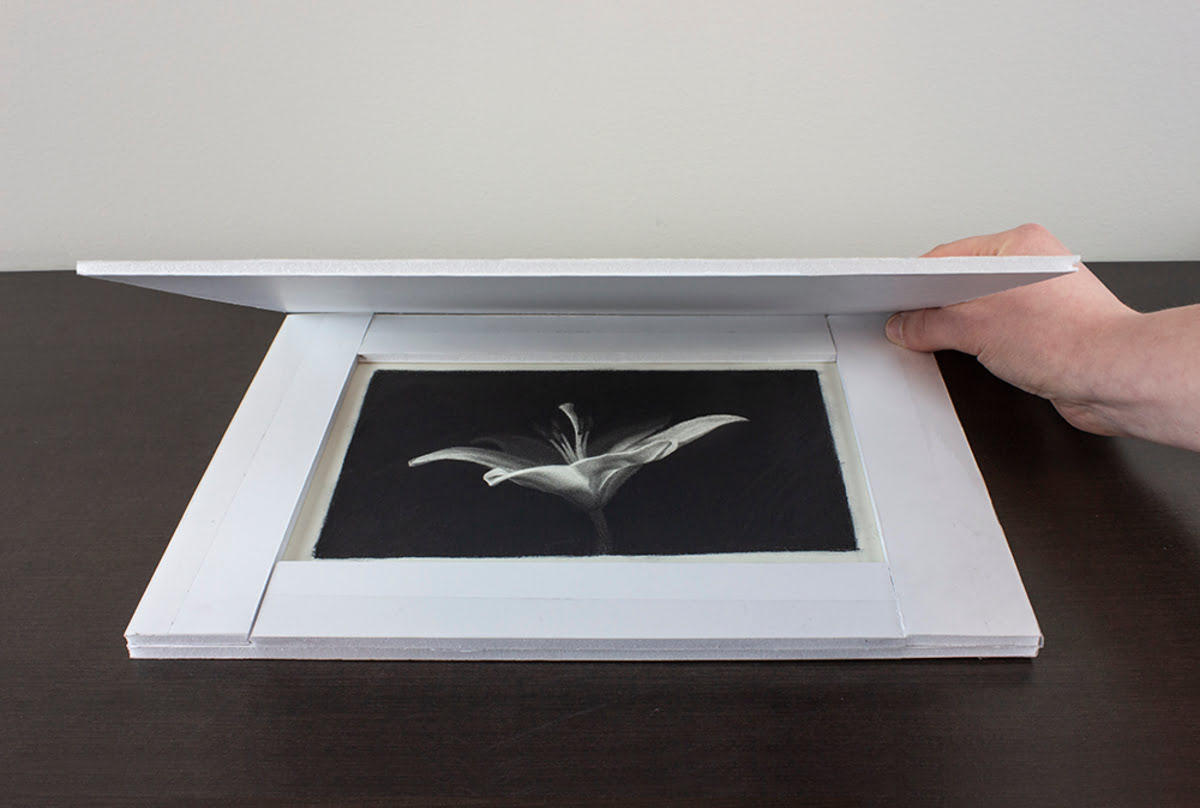
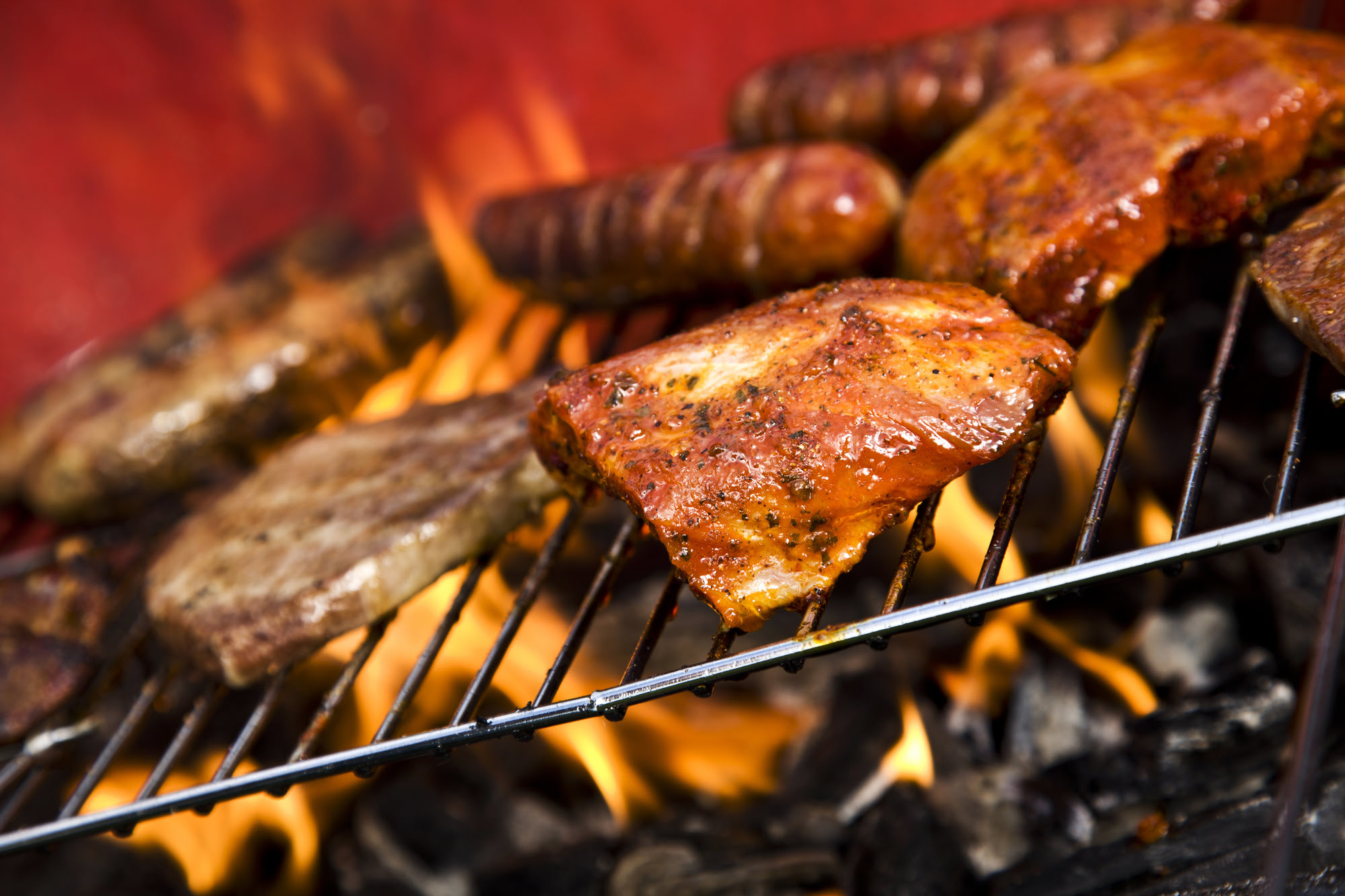

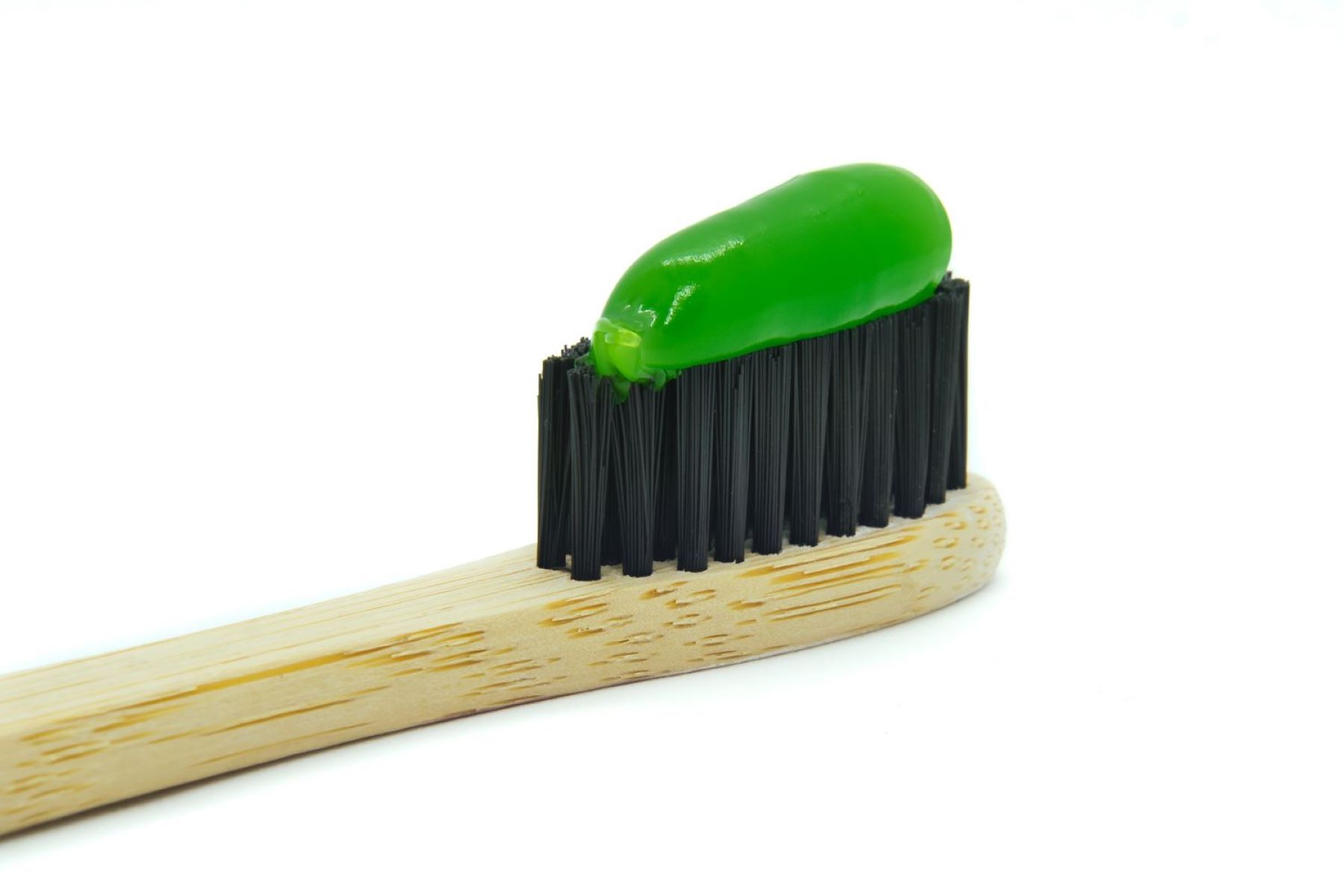
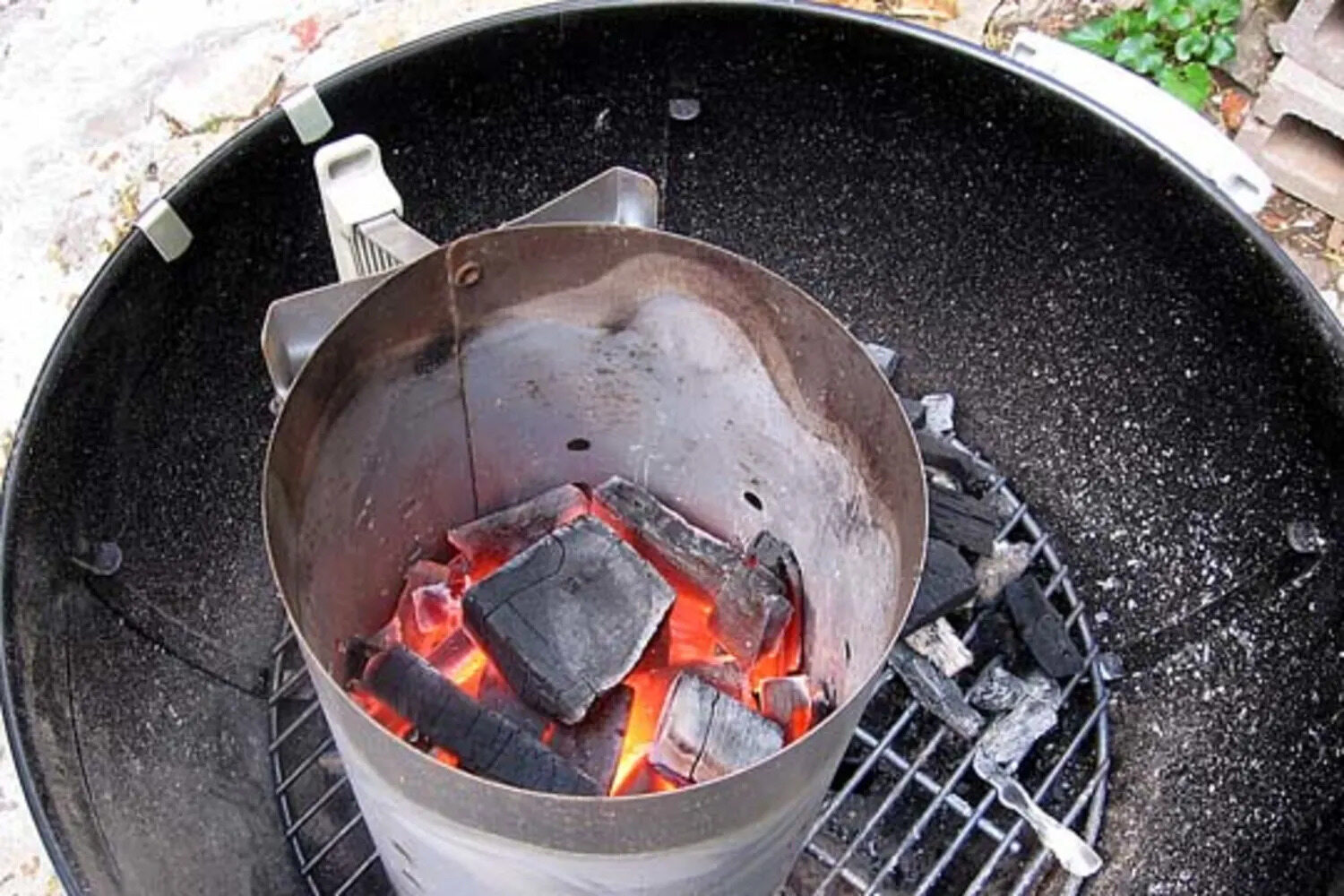
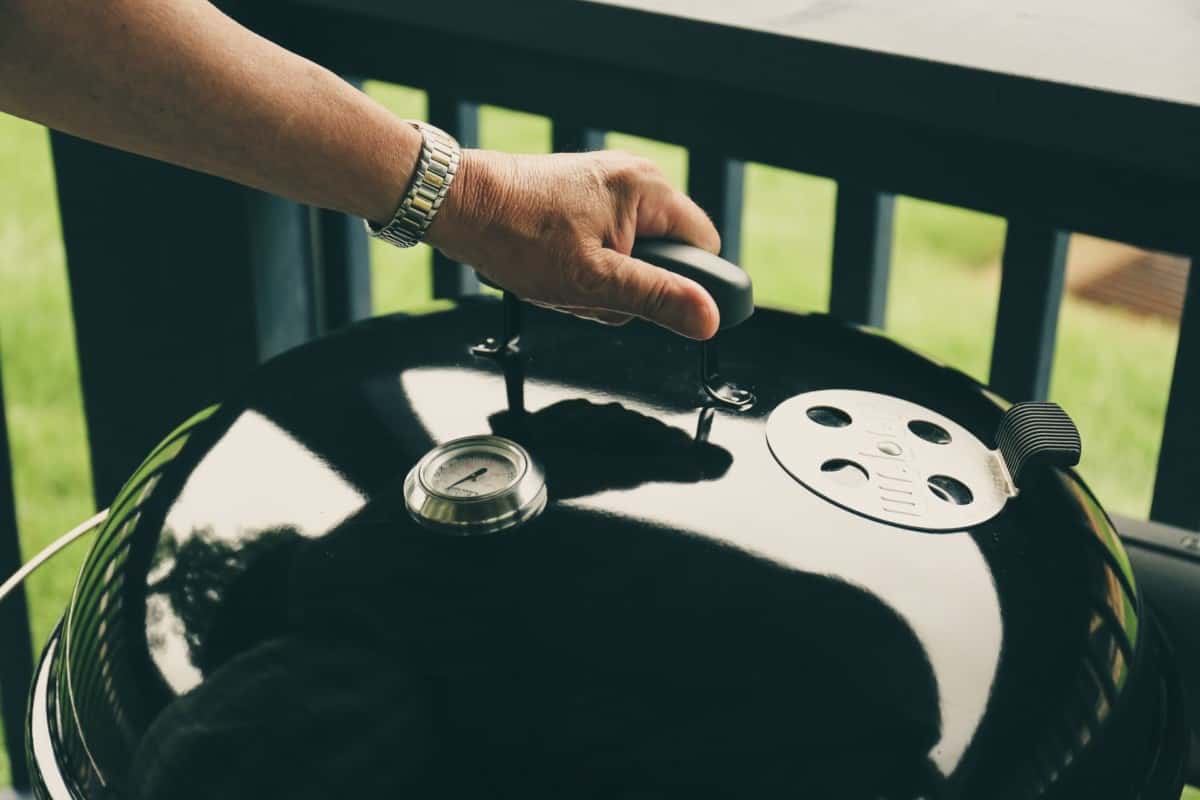
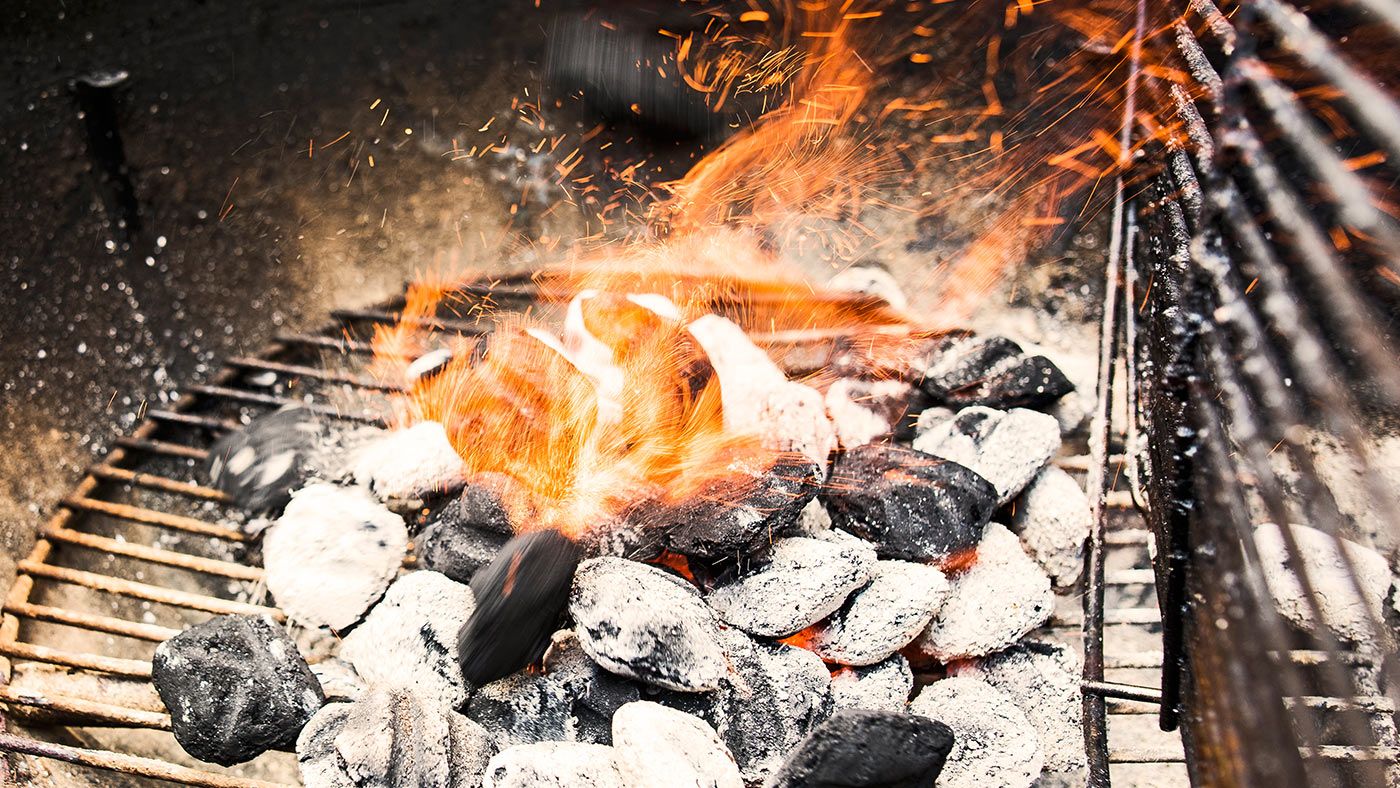
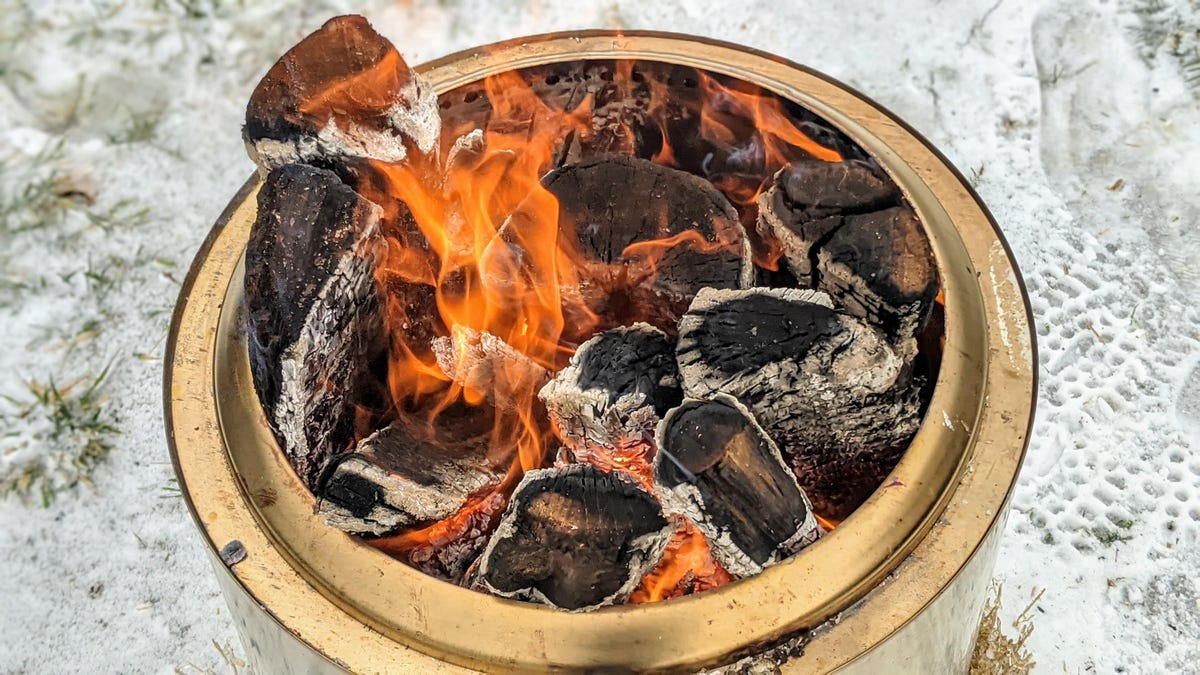
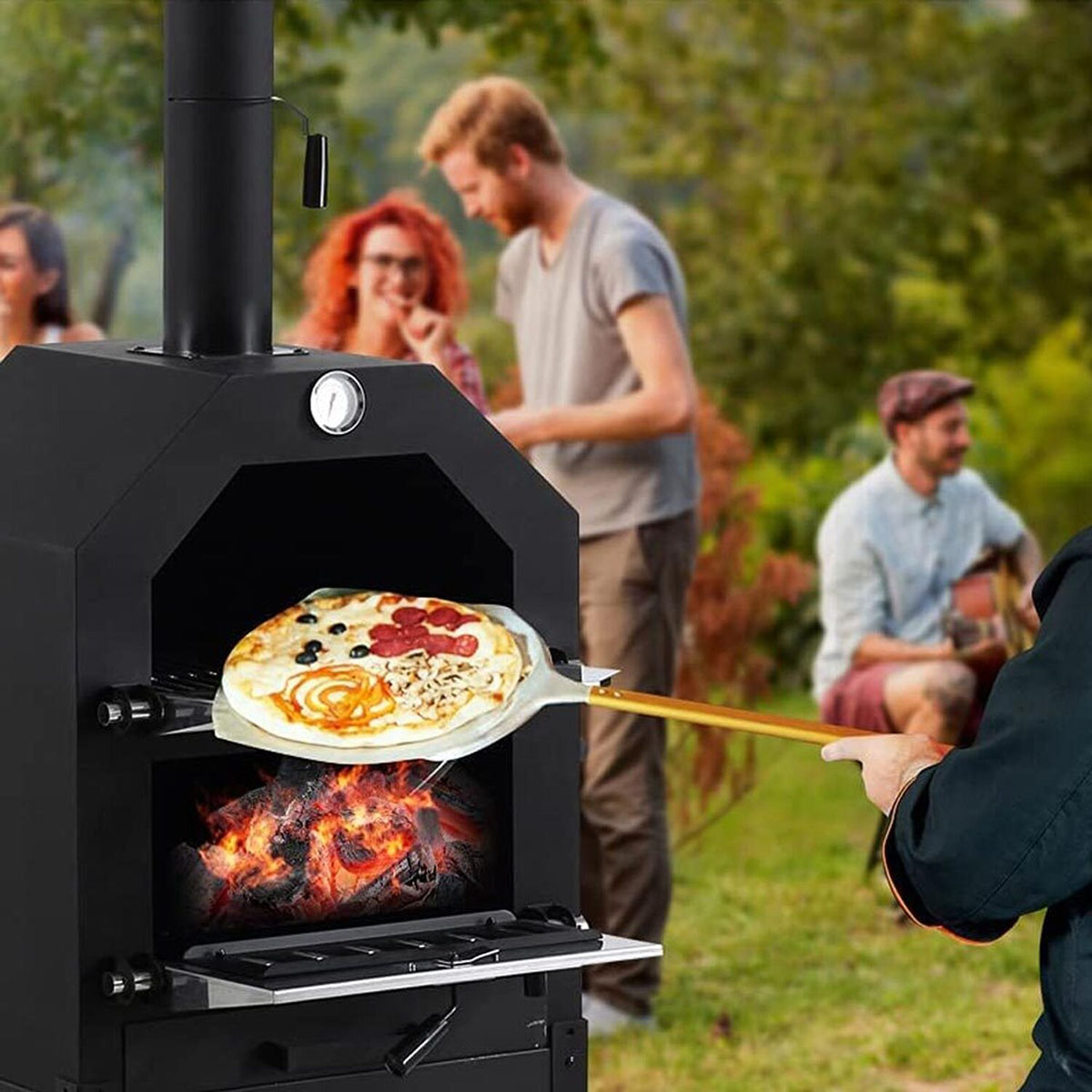
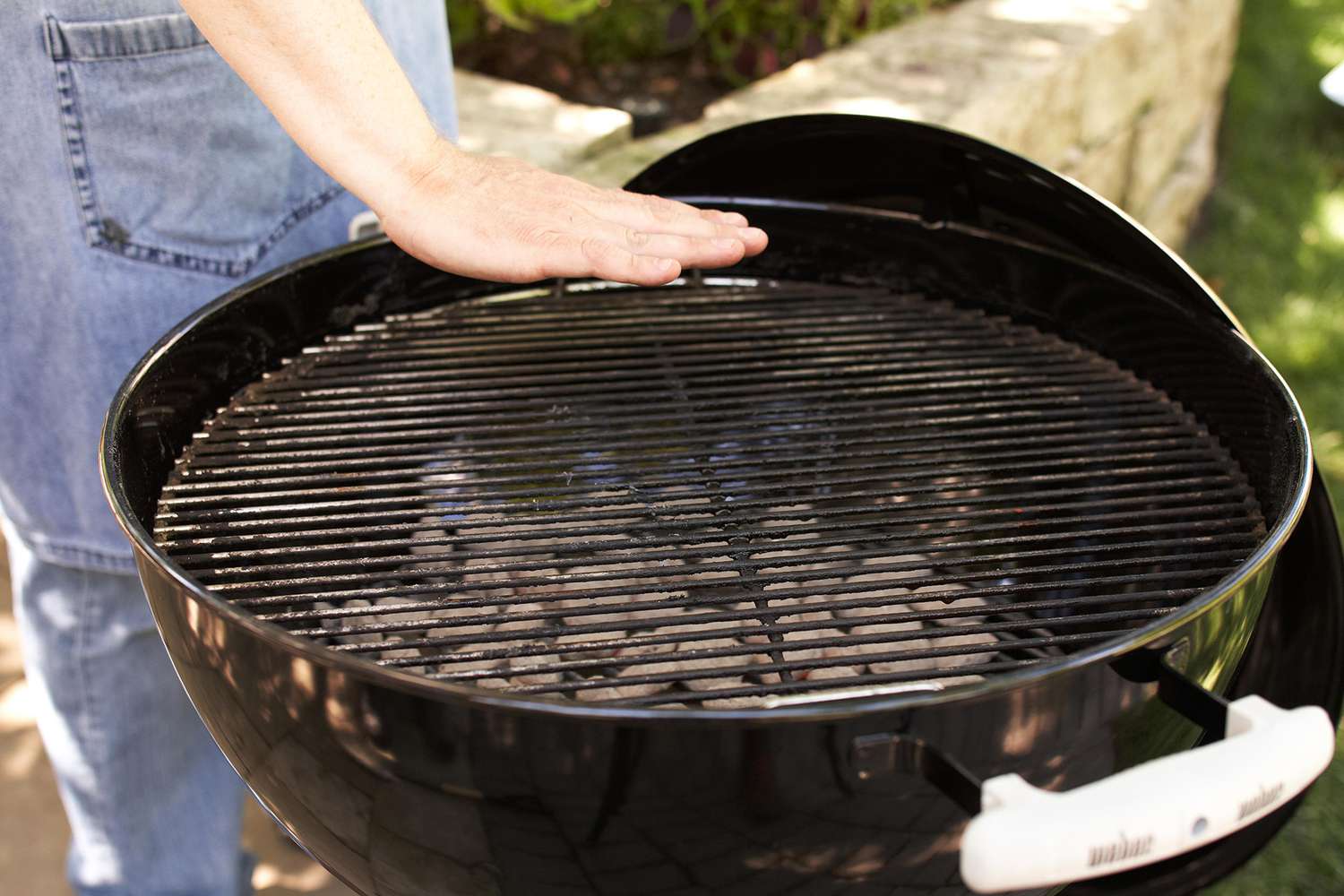
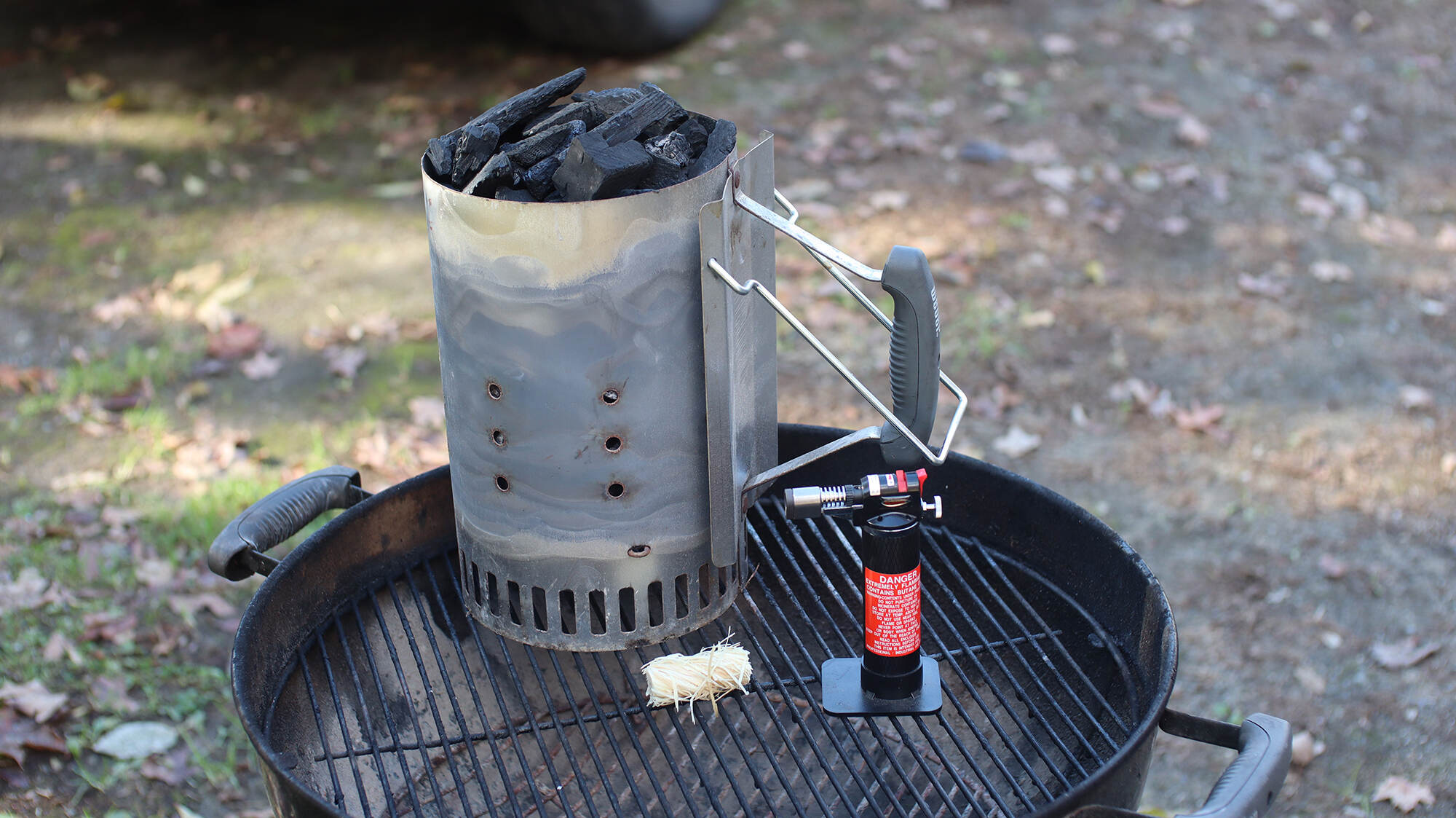
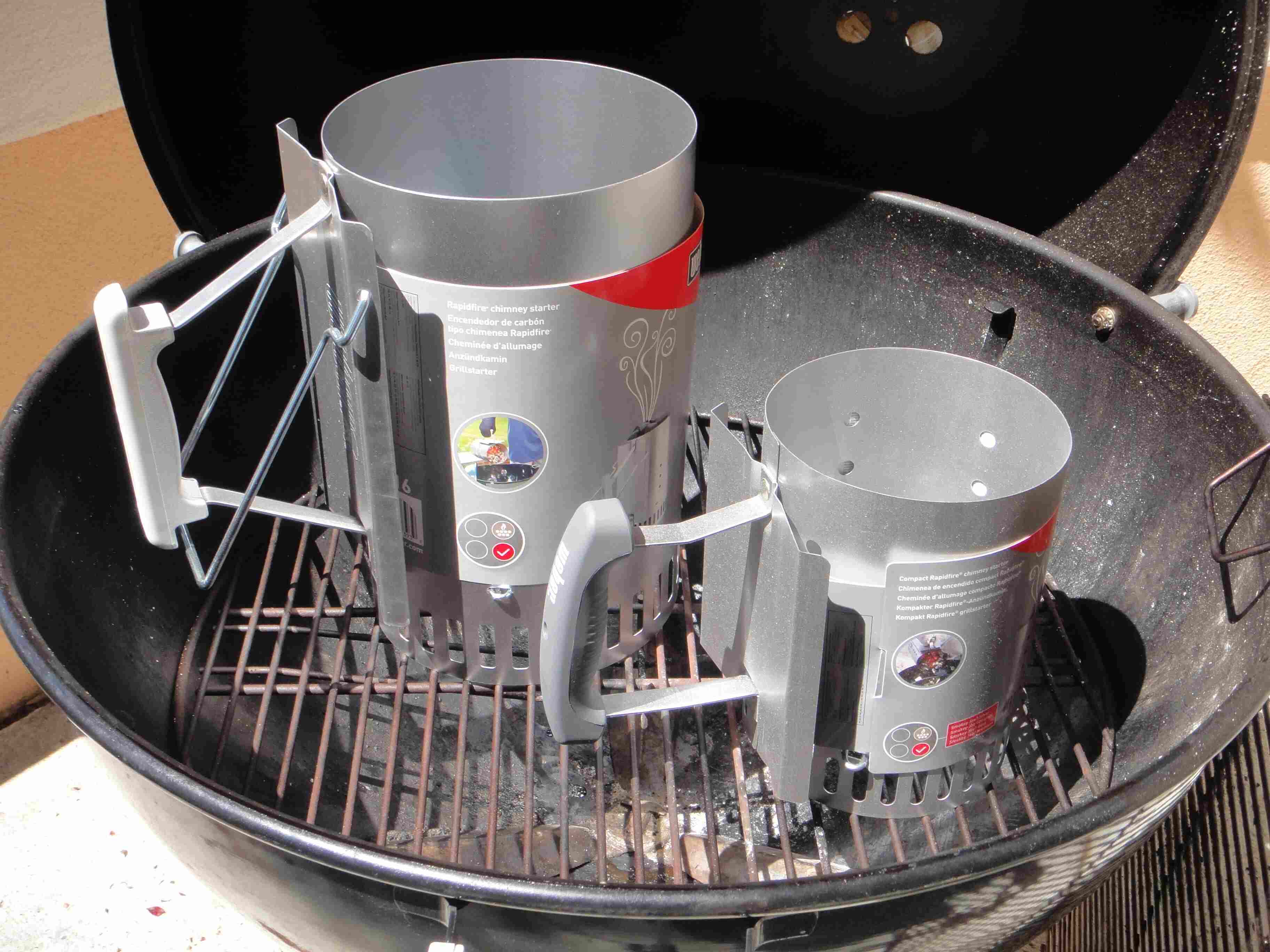
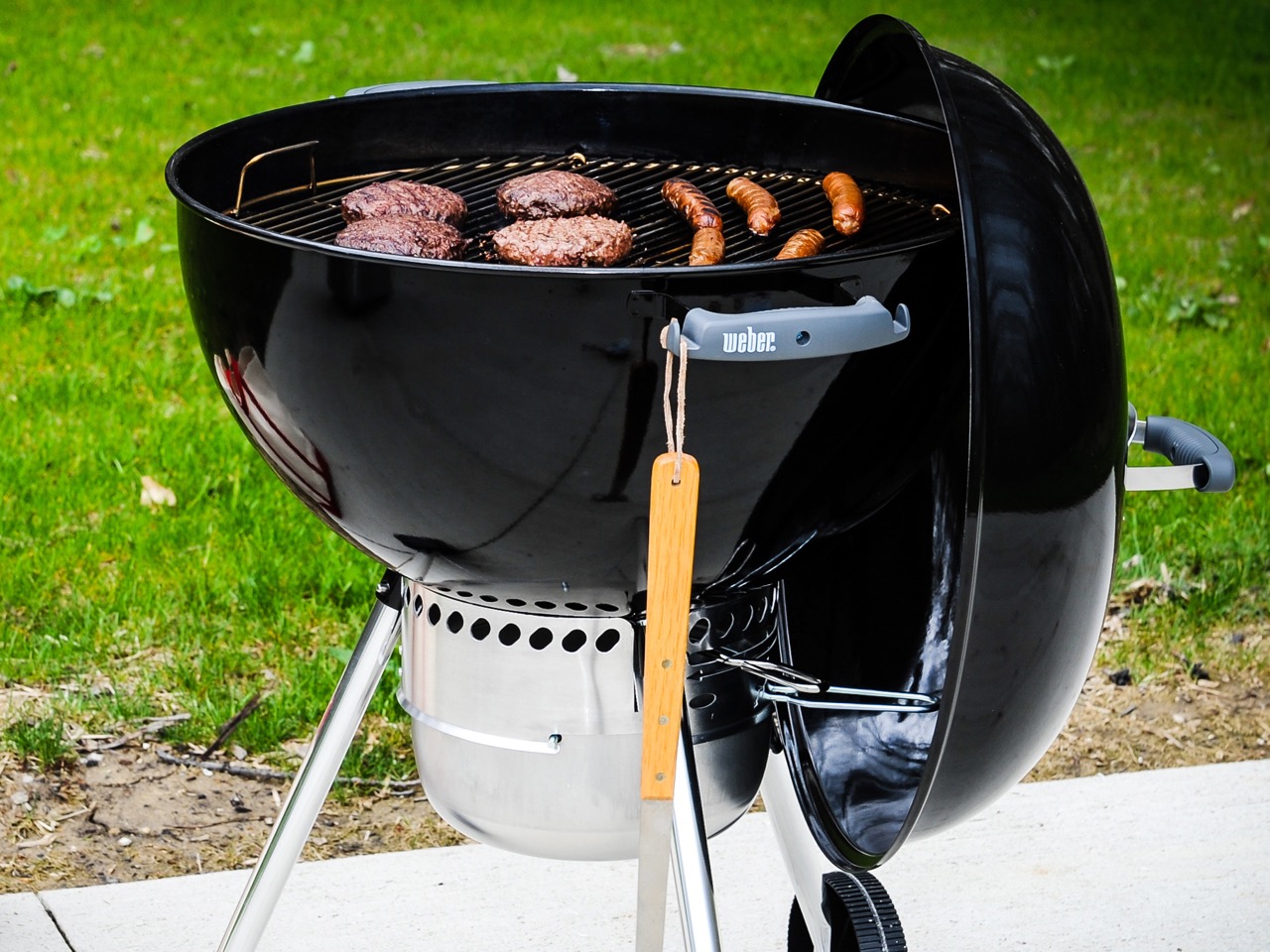

0 thoughts on “How To Store Lump Charcoal”